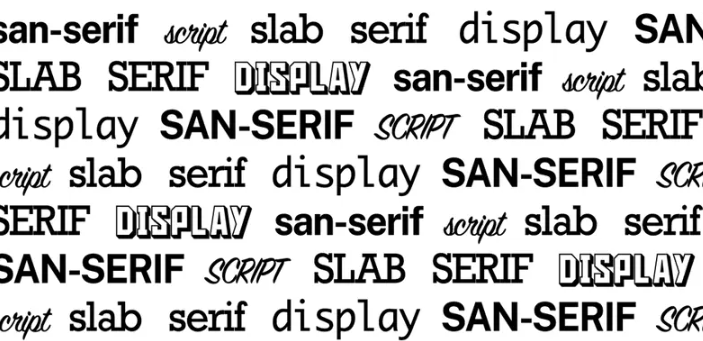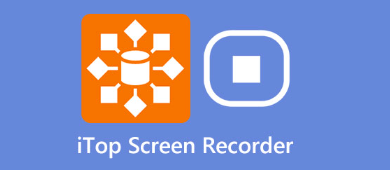What Are Display Fonts and When Should You Use Them?

Display fonts are typefaces designed to attract attention rather than serve as the main text for long passages. Unlike body fonts, which prioritize readability in extended content, display fonts focus on personality, style, and visual impact. They can be bold, decorative, artistic, or unconventional, often with exaggerated proportions, unique letterforms, or striking details that make them stand out in a design. Their purpose is not subtlety but expression, giving voice and mood to headlines, posters, logos, or advertisements.
Characteristics of Display Fonts
Strong Visual Personality
Display fonts carry distinct character traits. They may include sharp angles, playful curves, intricate decorations, or experimental shapes. Their role is to communicate mood instantly—whether elegant, dramatic, futuristic, or whimsical. Designers choose display fonts not for neutrality but for their ability to reflect a brand’s or project’s identity.
See also: Rawrxtiana How to Stay Healthy While Working From Home
Limited Use in Large Text Blocks
Because of their decorative or exaggerated features, display fonts are not ideal for body text. Reading long paragraphs in such styles becomes tiring and distracting. Instead, they thrive in shorter pieces of text such as titles, headers, and slogans where their visual flair enhances engagement without overwhelming the reader.
Wide Style Range
Display fonts encompass many subcategories—script, slab, gothic, futuristic, handwritten, and more. Each serves different purposes. A script display font adds elegance and sophistication, while a bold geometric display font suggests modernity and power. This wide spectrum allows designers to match typefaces to specific moods and contexts.
When to Use Display Fonts
Headlines and Titles
Display fonts shine in headlines where impact is essential. On posters, billboards, magazine covers, or social media graphics, a display font can capture attention in seconds. By making titles visually engaging, they ensure the message is noticed before anything else.
Branding and Logos
In branding, display fonts can embody identity. Many iconic logos rely on custom or unique display typefaces to stand apart from competitors. The distinctiveness of display fonts helps create memorable visual marks that audiences quickly associate with a brand.
Posters and Advertising
Display fonts are particularly effective in promotional materials. Movie posters, event flyers, and product ads often use large, dramatic typefaces to communicate urgency, excitement, or importance. Their bold personality ensures the message competes successfully in crowded visual spaces.
Packaging and Product Design
On packaging, display fonts help products stand out on shelves. A decorative font on a wine label or a bold geometric font on a tech gadget box can influence consumer perception. The font acts as part of the product’s visual storytelling, reinforcing quality, mood, or lifestyle appeal.
Digital and Social Media
With digital platforms demanding quick engagement, display fonts bring immediacy. Used for banners, thumbnails, or promotional posts, they deliver striking visuals that stop scrolling users and invite interaction.
Choosing the Right Display Font
Match Mood and Context
A key rule is alignment between font style and the message. For a luxury event, an elegant script works best. For a sports brand, bold and energetic forms resonate more. The wrong font can mislead the audience or dilute the message.
Use Sparingly
Balance is critical. Display fonts should dominate only where impact is needed. Pair them with simpler body fonts to ensure legibility and avoid clutter. This contrast strengthens hierarchy and makes the design more professional.
Test Across Mediums
Display fonts may look different on screens and in print. Always test how the typeface appears in its final medium. Some details may vanish on smaller screens, while others may overpower when scaled up.
Conclusion
Display fonts are expressive tools for designers seeking to make a statement. They deliver impact, personality, and memorability, making them ideal for headlines, branding, posters, packaging, and digital promotions. However, their strength lies in moderation—used thoughtfully, they highlight key messages without compromising readability. Knowing when and how to apply display fonts transforms ordinary text into striking design, ensuring that the audience notices, remembers, and responds.




